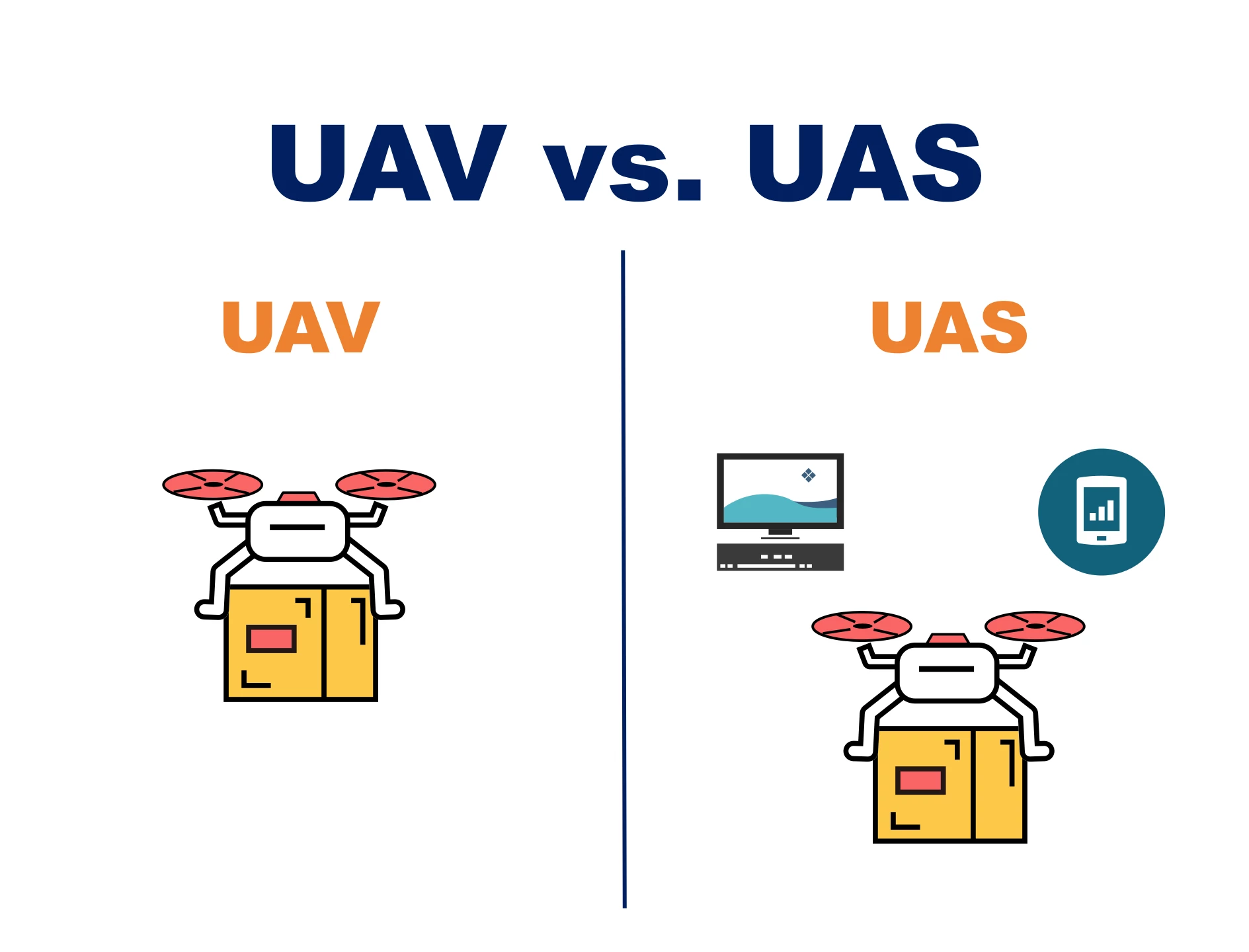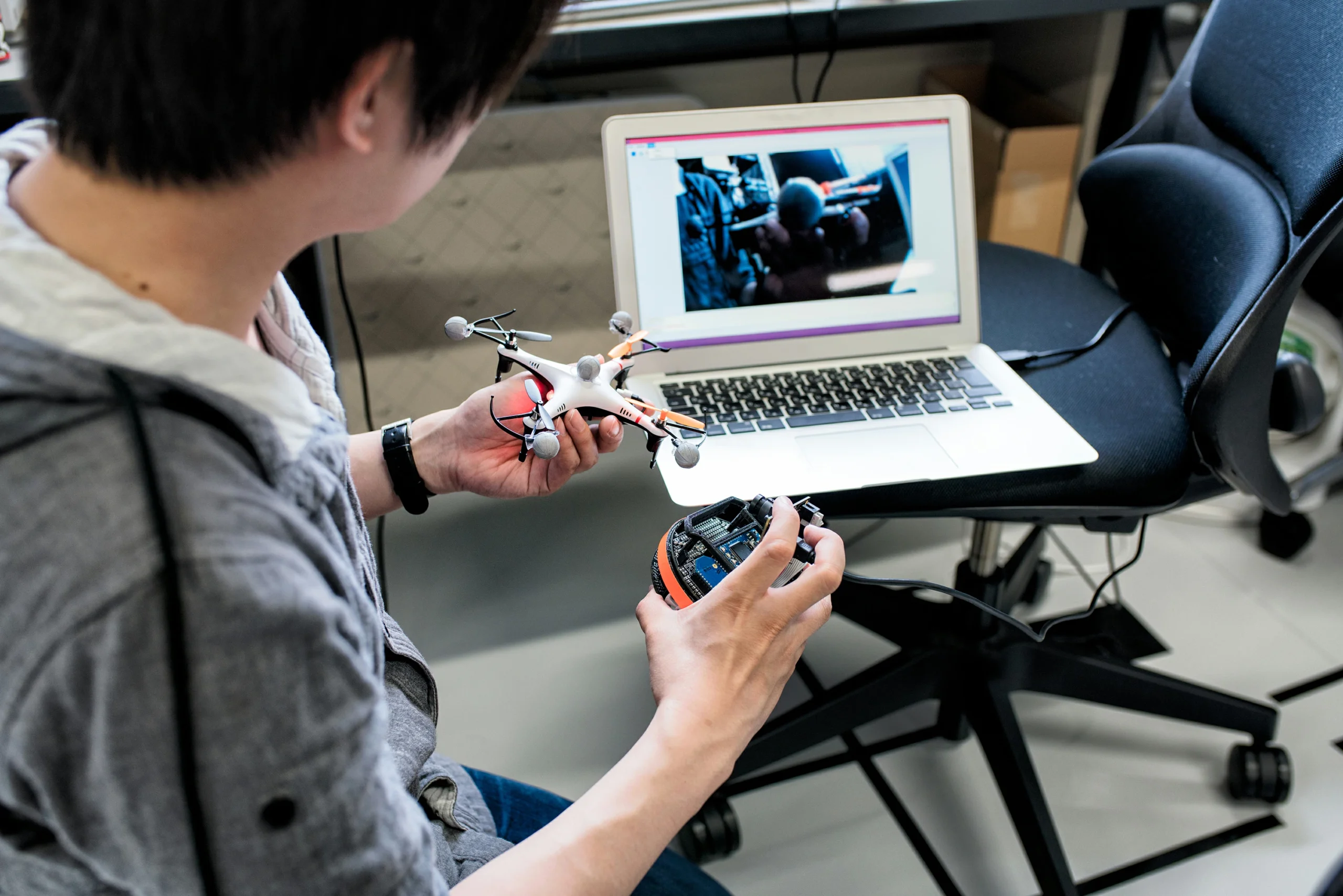The following systematically sorts out the main types, technical features and typical applications of UAVs from six core dimensions: flight platform structure, core purpose, weight/size, power system, degree of autonomy, and operating environment.


The following systematically sorts out the main types, technical features and typical applications of UAVs from six core dimensions: flight platform structure, core purpose, weight/size, power system, degree of autonomy, and operating environment.

These two concepts are not equivalent; instead, they have an inclusive “part-to-whole” relationship—UAV is the core component of UAS, while UAS is the complete system that supports UAV in fulfilling its functions. Below is a detailed breakdown and comparison of the two from the perspectives of definition, composition, application scenarios, differences in terminology usage, related extended concepts, and industry value.

The following provides a systematic decision-making framework from four dimensions—”clarifying personal positioning → screening course types → controlling core indicators → avoiding risks”—to ensure the selected course is both practical and cost-effective.

The following provides systematic recommendations for the implementation of drone teaching from ten dimensions, including preliminary preparation, curriculum design, teaching implementation, and safety management, taking into account different educational stages and teaching objectives (interest cultivation / vocational training/competition preparation).

Unmanned Aerial Vehicle (UAV) Maximum Takeoff Weight (MTOW) Drone Battery ENOV High-Energy drone batteries power industrial and commercial drones. Delivering 220–320 Wh/kg energy density, they enable long flight times (30+ mins) and support fast charging (2C). Perfect for aerial photography, surveillance, and delivery drones. Learn More The Maximum Takeoff Weight (MTOW) of an Unmanned Aerial Vehicle (UAV) refers to the…

What is UAV Payload? A Comprehensive Analysis and Application Guide Drone Battery ENOV High-Energy drone batteries power industrial and commercial drones. Delivering 220–320 Wh/kg energy density, they enable long flight times (30+ mins) and support fast charging (2C). Perfect for aerial photography, surveillance, and delivery drones. Learn More A UAV (Unmanned Aerial Vehicle) payload refers to various devices, modules, or…